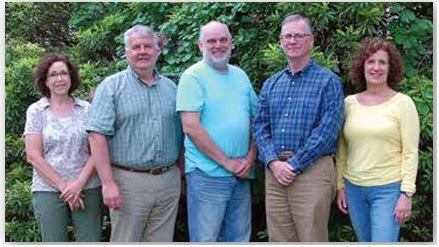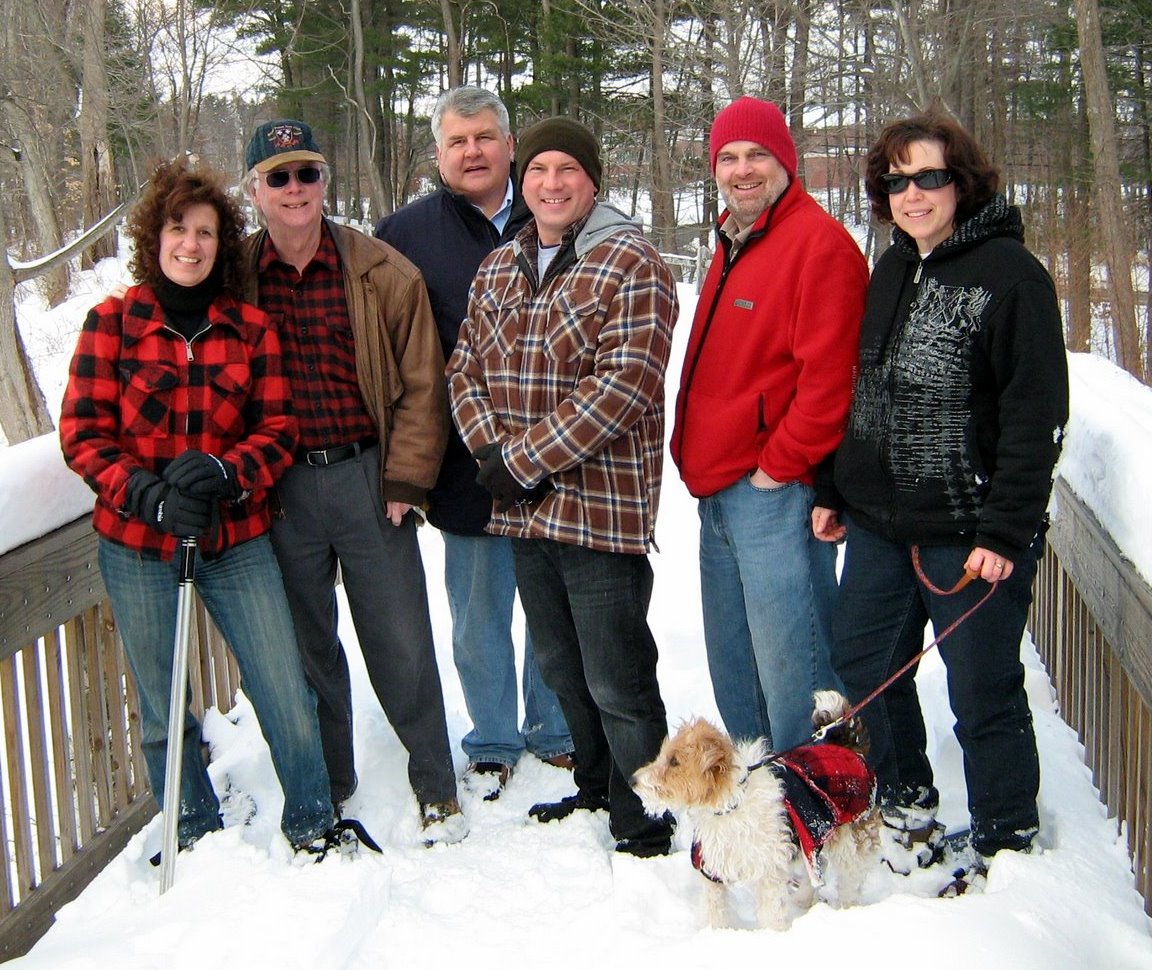The article in today's Ct. Post shows that it is worthwhile to note the full story and process that can't always be fit into a single article. The Ct.Post article hyperlinks are not retained a that static location forever, so while I include the link, cut/paste the article with my commentary.
http://www.connpost.com/localnews/ci_8443523
By KATE RAMUNNI
SHELTON — The 14 undeveloped acres on Soundview Avenue had been in the city's sights for years. But when the land went on the market last year, officials pounced — and missed.
Instead, the property was sold for $1.4 million to Huntington Development, a group in which Alvaro DaSilva is the principal. He is the longtime chairman of the Inland Wetlands Commission who stepped down from the panel effective last Saturday.
++ The property is 279 Soundview Avenue, uphill from the Meadow Street end. While the parcel is largely undeveloped, it would be better characterized as an oversize lot. There is a single residential structure with the balance of the property being primarily fields used for agriculture and some woodlands. It is within our Shelton Lakes Greenway area on our Open Space Plan. It is adjacent to property both acquired via subdivision regulations from the development of Summerfield Condos on Constitution Boulevard, and via purchase from the Wiacek family for their farm that reaches from this parcel to the SHS campus above the ballfields. ++
DaSilva's group later proposed building a subdivision on the site, a project that won land-use approval less than a year after the sale, and renders the land more valuable.
++ The subdivision of land was an "as-of-right" application for the R1 zone it was within. The PZC, IWC, City Engineer, and CC all reviewed the application that was approved. All of that is in the public domain to be aware of and view via minutes of the agencies. Naturally, after making that subdivision application's investment, the property's value rose with the availability of approved building lots rather than simply land.++
That chain of events, and the city's failure to act sooner, have come under criticism after the Board of Aldermen recently reached a deal to buy the tract for $2.1 million — giving Huntington Development a net profit of $724,000.
++ As mentioned above, there was additional investment of engineering, applications, etc. It is more than looking at land transfer sale amount listed in the paper, and profit= sale price A minus sale price B ++
"I don't know why Mayor [Mark] Lauretti didn't purchase it then when we always have a surplus," said Planning and Zoning Commission alternate Chris Jones. "This deal doesn't smell right." But Lauretti and other city officials said that the seller's insistence that the deal be completed immediately had doomed it from the start.
++ Chris was made aware of what transpired on this parcel, during the course of a PZC meeting where they gave a favorable 8-24 referral toward the acquisition. To characterize the deal as "smelly" post-awareness of that knowledge is unfortunate. ++
A year ago, then-owner Nellie Krynitzky put a "for sale" sign on her property, and Shelton Land Trust President Joe Welsh immediately contacted her, according to Conservation Commission Chairman Tom Harbinson. "She told Joe that she had already had a couple of people contact her," Harbinson said. "I called her that night and she said she was interested in selling, but wanted to sell it immediately." Less than a week after the sign went up, Krynitzky had five offers, Harbinson said. "I knew the city wouldn't have that much money in its pocket to come up with it quickly," he said. And then a short time later, he said, the sale to Huntington Development was finalized.
++ It is not appropriate for me to say what personal reasons Ms. Krynitzky may have had for selling her property, but I had spoken to her directly. She wanted it sold promptly and naturally for the best price. She had at least 5 parties that already had expressed interest within a week of placing the sign on her front lawn. From all the data I have at my disposal, the City reacted as promptly as it could.++
The city should have been able to come up with the money then, Jones said. "It's strange how the city didn't have a million dollars to buy it last year, but now it has $2.1 million," he said. "I don't like how this has flip-flopped."
++ The City is challenged to maneuver as fast as the private parites in the market place. There are approvals or authorizations that have to occur for anyone representing the City to make or negotiate an offer. There are times during the year when the City has ample cash-flow balances (Jun/Dec around tax collection) and other times when it is limited available cash balances ++
The property, located near the Shelton High School/Intermediate School campus, was on the commission's Quality of Life list, Harbinson said, and former commission chairwoman Harriet Wilbur had kept in contact with Krynitzky for years in anticipation that it would eventually be for sale. But there was no indication Krynitzky was going to suddenly sell it last March, Harbinson said. Krynitzky, who couldn't be reached for comment, continued to have others farm the land for corn and apples, he said. "We had no hint that she was going to sell," he said.
++ Pre-2006 Harriet had touched base with Nellie occasionally over the years regarding the City's interest in her parcel. It was farmed for hay and corn. On 2006/Oct/11 Nellie spoke to a person who is a friend of Conservation efforts in Shelton that she was considering selling her property. This was confided to me that evening. Not to long after that Nellie put a sign on her front lawn, which commissioner Joe Welsh saw while driving by and called the number listed. Joe related to me what their conversation covered, and I called her that very evening. I related all of this to the Mayor the following day.++
Once the sign went up, city officials also tried to contact Krynitzky, to no avail, Lauretti said. "She wouldn't return our calls," he said. A registered letter also went unanswered, he said. "We would have paid as much as anyone else," he said.
++ The City has always paid valuations that are transparant with appraisals for the property done by a third party. This is required by law, and is a fiduciary responsibility of the Board of Alderman whcih they have always conducted.++
About two weeks after Huntington Development bought the property, it filed an application with the Planning and Zoning Commission for an 11-lot subdivision, which the commission granted in June. The vote was unanimous, with Commissioner Leon J. Sylvester abstaining.
++ Commissioner's can abstain for any reason. Commissioner Sylvester's wife is a real-estate agent which may have been the reason in this case. It might not be determined as Roberts Rules of Order do not require anyone to state their reason for abstaining. If you have an ethical conflict, you should additionally "recuse" yourself rather than simply abstain, and state the reason for doing so. Someone who recuses themself, steps away from any involvement with the item and doesn't even discuss it or offer their opinion. Abstaining is simply not voting on the motion.++
After that, the city began negotiations to buy the property from DaSilva, who resigned as chairman of the wetlands commission in January before leaving the board entirely at the end of last week. The aldermen approved purchasing the property for $2.2 million, with DaSilva giving back $100,000 of that to the city as an open-space gift. "I think it stinks," said Irving Steiner, founder of the zoning-advocacy group We R-1. "They said they couldn't get the money up and then went into negotiations with DaSilva. What a loss to the taxpayers."
++ The original owner of the property was only interested in a quick sale. This is further evidenced by the fact that a developer bought it in raw form and then applied to develop it - a risk developers usually do not take. Most developers take an "option" to purchase a parcel, which only executes a purchase once a trigger event has occurred, usually sub-division approval. The original owner wanted rid of her property - period. Perhaps she wasn't even interested in an option sale from other developers? It doesn't help to speculate on why Nellie wanted to sell in the way she did. The second owner was willing to consider selling and discussing the structure of a sale to the City, evidenced by the acceptance of the payments being spread over two fiscal years++
"If they're insinuating we paid too much, why didn't they come to us then?" Board of Aldermen President John Anglace said. If the city could have purchased it then, it would have, he said.
The city paid about $150,000 per acre for the land. Active real estate listings show asking prices for an acre of buildable land in the city to range from $200,000 to more than $300,000.
++ The City did appraise and value the property fairly. The ratio per acre or per building lot compares to market values in Shelton. The City is NOT paying more than the property is worth.++
"From our perspective, the question was, is the property worth saving, and we said yes," Harbinson said. "The evaluation [of the land's value] seems to have been done fairly. That's the price we pay for not having the liquidity to buy it in its pre-development, raw status."
"It's a great piece of property," Sylvester said. "I'm just sorry that we are paying so much more for it than we could have, had we acted in a more expeditious manner."
++ I wish we could acquire every parcel in it's pre-development raw-land value status, but this is naturally impossible. However, to improve our ability to do more acquisitions in that manner is beneficial financially to the City. Funding the Open Space Trust Account accurately and consistently will help the City in that effort.++
Tuesday, March 04, 2008
Subscribe to:
Posts (Atom)


